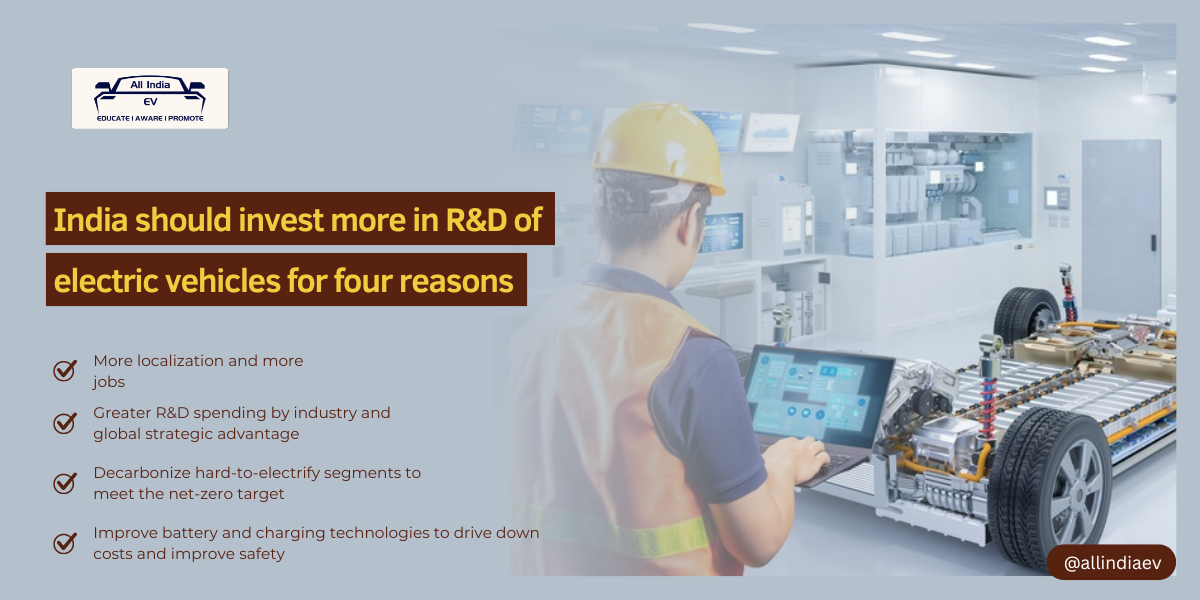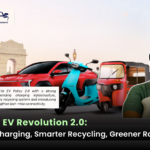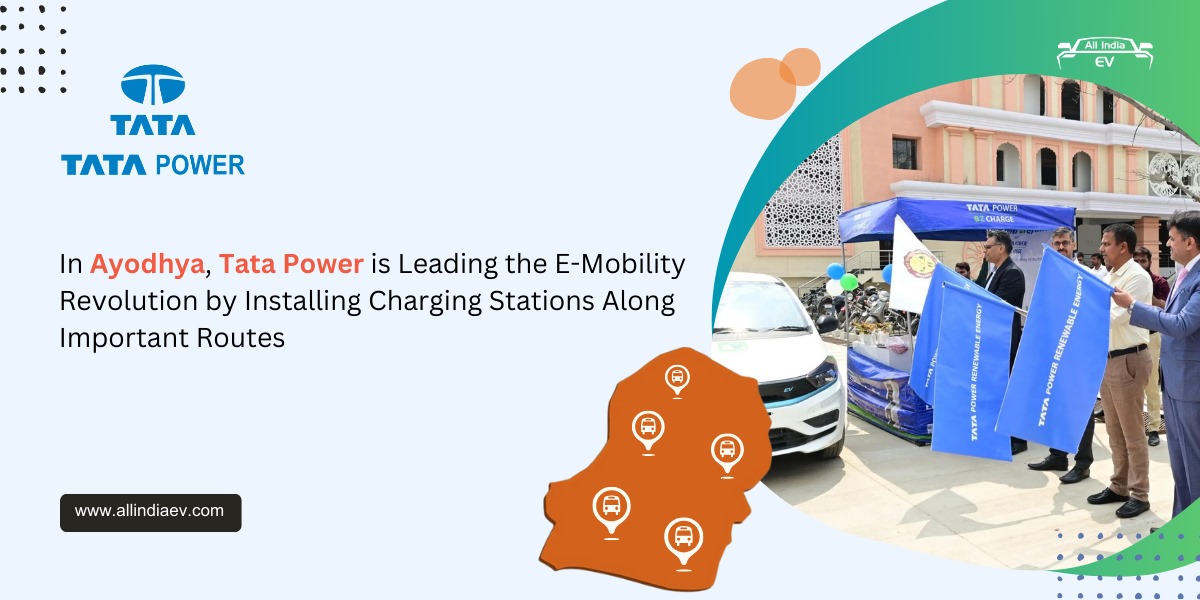
Four Pillars of India’s EV Success: Investing in R&D
The Principal Scientific Adviser to the Government of India released the e-Mobility R&D Roadmap in mid-July, outlining the critical areas requiring research and development (R&D) to drive India’s transition to electric vehicles (EV). The roadmap recommends allocating approximately ₹1,152 crore over five years. This additional funding would be a significant boost for India, which lags behind many advanced economies in terms of R&D spending. Global patent data reveals
India’s relatively limited contribution to technological advancements in electrical machinery, apparatus, energy, and semiconductors. Investing heavily in R&D, particularly for electric vehicles, is a strategic move for India to develop innovative technologies, foster domestic manufacturing, reduce emissions, and enhance energy security.
1. Promoting Localization and Job Creation in India’s Electric Vehicle Industry
The Indian automobile sector is a major employer, but the transition to electric vehicles (EVs) has raised concerns about job creation. While studies suggest that EV manufacturing may have lower job intensity than internal combustion engine manufacturing, this is largely due to the reliance on foreign-made components, particularly EV batteries. To address this, the government’s Faster Adoption and Manufacturing of Electric Vehicles (FAME) II scheme requires 50% local manufacturing for EVs to qualify for incentives.
However, this has been challenging due to the lack of a domestic hardware manufacturing base. Tier 1 suppliers have been making strides in localization, but progress among tier 2 and 3 suppliers has been slower. By investing heavily in research and development (R&D), India can accelerate battery indigenization, which will drive localization and create more jobs in the EV industry.
2. Enhancing India’s Global Competitiveness through R&D Investment
India’s EV exports have surged, with neighboring Nepal accounting for 78% of exports in FY 2023-24. However, Indian automakers still lag behind global competitors in R&D spending. While leading EV manufacturers like NIO, BYD, and Tesla allocate significant portions of their revenue to R&D, Indian automakers and component manufacturers generally have lower R&D intensities.
This gap can hinder India’s ability to compete in the global EV market. Government-led initiatives, including investments and incentives, can encourage the industry to increase R&D spending, particularly in critical components like semiconductors, boosting India’s global competitiveness.
3. Decarbonizing India’s Hard-to-Electrify Segments
To achieve its net-zero target by 2070, India must transition to zero-emission trucks (ZETs) in its transportation sector. However, current EV technologies face limitations in terms of battery weight, charging time, and range, hindering their adoption for heavy-duty road freight. Additionally, non-road segments like tractors and construction vehicles are projected to surpass on-road vehicles in emissions by 2030.
Electrifying these segments requires the development of economically competitive e-tractors that can meet the diverse needs of rural India. By investing in R&D, India can accelerate the development of innovative EV technologies tailored to Indian demands, enabling the decarbonization of hard-to-electrify segments like trucks and tractors.
4. Advancing Battery and Charging Technologies for India’s Electric Vehicle Future
Batteries constitute a significant portion of an EV’s cost in India. While larger batteries may improve range, they can also increase energy consumption. R&D investments can help address these challenges by developing innovative battery systems and alternative cell chemistries to reduce costs and mitigate range anxiety. Additionally, battery swapping and wireless charging technologies can provide solutions for segments where charging time and battery weight are concerns.
Research suggests that R&D investments are more effective than economies of scale in driving down battery costs. Ensuring the safety of EVs is also crucial. India has implemented strict safety standards for battery packs and systems, and there is a need to explore alternative electrolyte systems and thermal management technologies to improve the resilience of EVs in India’s hot climate.
While the proposed funding in the PSA’s roadmap is a positive step, it pales in comparison to the massive R&D investments made by China, the European Union, and the United States. These regions have allocated billions of dollars to support EV research and development. India must follow suit by increasing its R&D investments and incentives to maximize the benefits of electric vehicles. This will not only create new manufacturing jobs and provide affordable and safe mobility options but also help mitigate air pollution in Indian cities.









